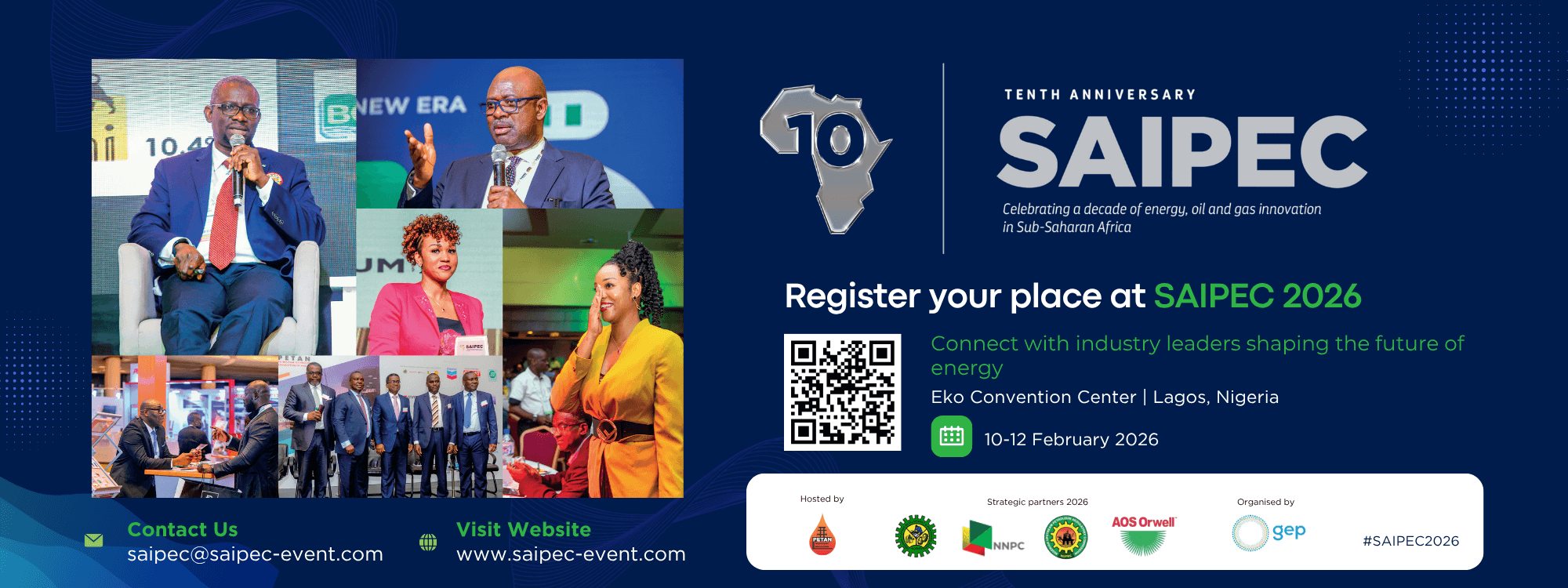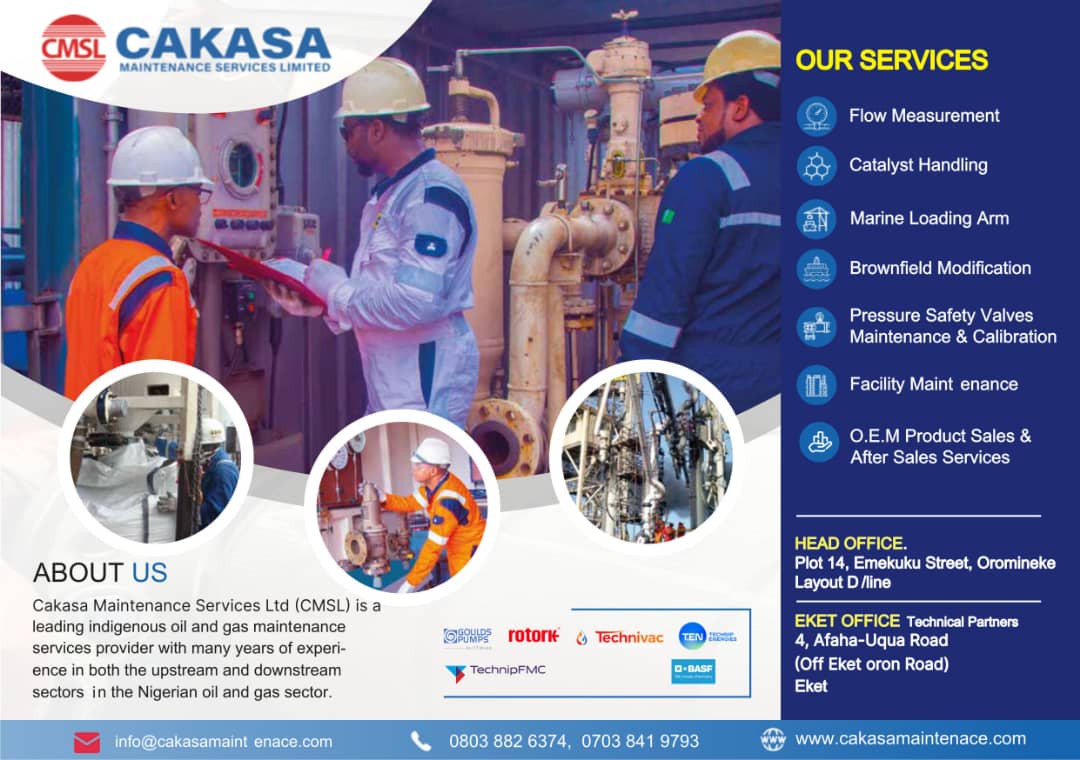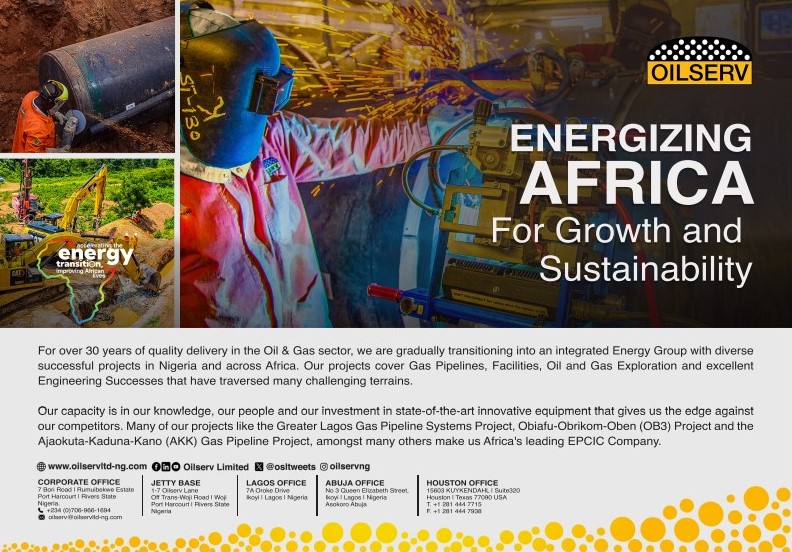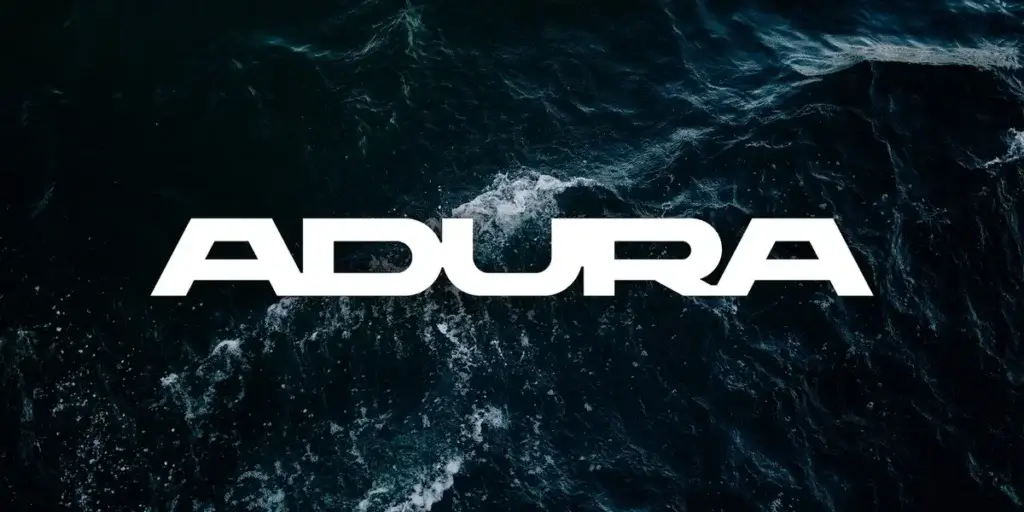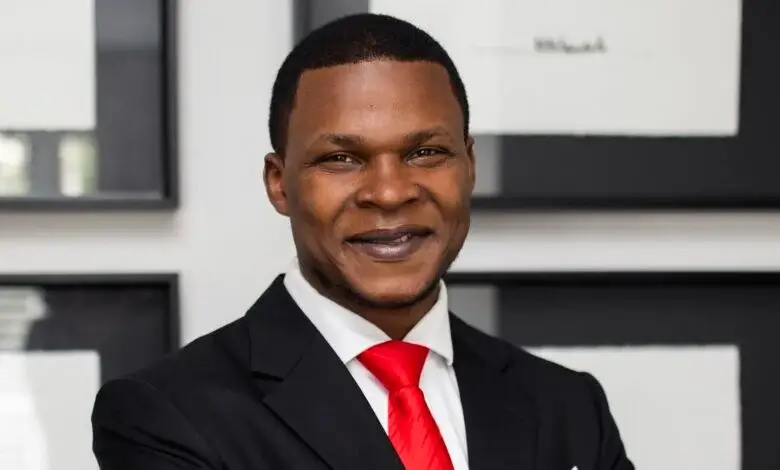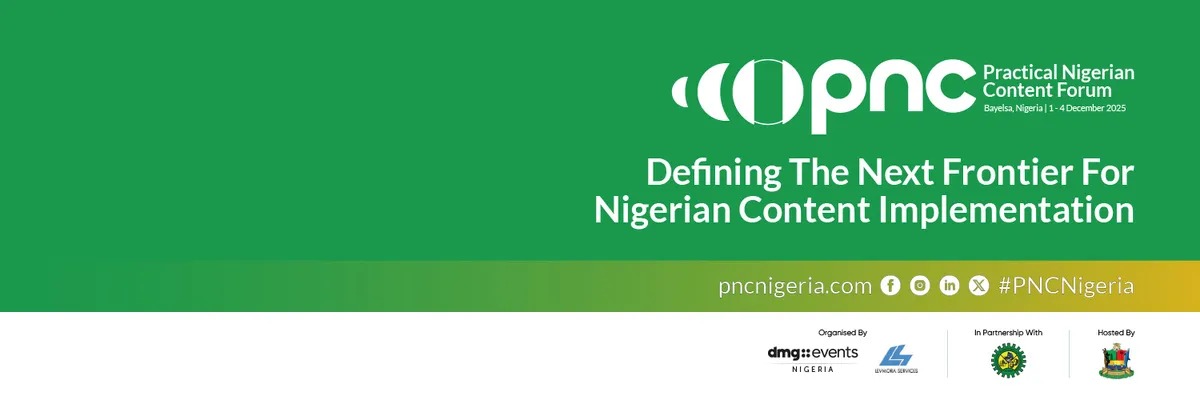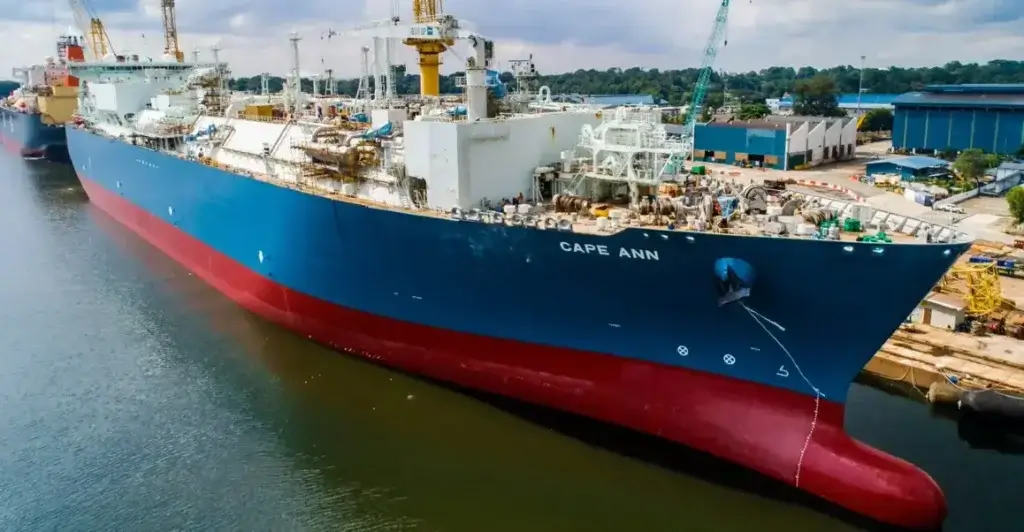
The 20ᵗʰ release of Eni’s statistical review highlights the volatility of the energy market in times of pandemics, as well as the relentless growth of renewable sources
In order to reflect and highlight the ongoing energy transition process, the World Oil, Gas and Renewables Review becomes World Energy Review, a single document that, by tracking the main changes in the energy sector, aims to provide tools for their understanding.
The World Energy Review is split into three sections. The first section revolves around oil with a special focus on the evolution of crude oil quality and the refining industry. The second section offers an overview of the natural gas market, while the third one addresses the main renewable sources (solar and wind power).
Key points of the World Energy Review
Due to COVID-19 pandemic, in 2020 the energy sector faced unprecedented challenges. It was the first year of energy reduction since 2009 and the largest contraction since the Second World War.
In 2020, world oil demand collapsed nearly by 9% vs 2019. Brent price fell to its lowest level in over 15 years, to an average of 41.7 $/b, and sometimes hovered below 20 $/b. For the first time in history, US crude oil – WTI – even dropped below zero for one day.
To face the reduction of demand, OPEC+ implemented record cuts in crude oil production. At the same time, the contraction in prices also led to a fall in non-OPEC production. World oil production declined by 6.5% in 2020, affecting all categories of crude.
In 2020 global gas demand decreased for the first time after 10 years of growth (-1.5% vs 2019), mainly driven by North America (-4.1%), Russia (-3.2%) and Europe (-2.6%). Meanwhile, looking at the top 10 gas consuming countries, China showed a remarkable increase (+6.5%) and confirmed itself as the world’s leading importer.
Global gas production interrupted the positive trend of the last 10 years with a contraction of 2.8% in 2020 vs 2019, largely due to production declines in Russia (-6%) and in the US (-2.5%).
Despite the impact of the pandemic on gas demand, LNG kept on increasing its share on total traded natural gas, reaching 40% (vs 38% in 2019). In 2020 484 bcm of LNG were traded, of which over 70% was imported by Asian countries. Over the last year, the US increased its LNG exports by 59%.
In 2020 wind expansion almost doubled compared to 2019 (+111 GW vs +58 GW), bringing global wind capacity to 733 GW (+17.8% vs 2019). China led the expansion (65% of new additions), followed by the US (13%).
Solar energy continued to dominate renewable capacity expansion with 127 GW of new installations. Total solar capacity has now reached about the same level as wind capacity thanks largely to expansion in China (49 GW).
